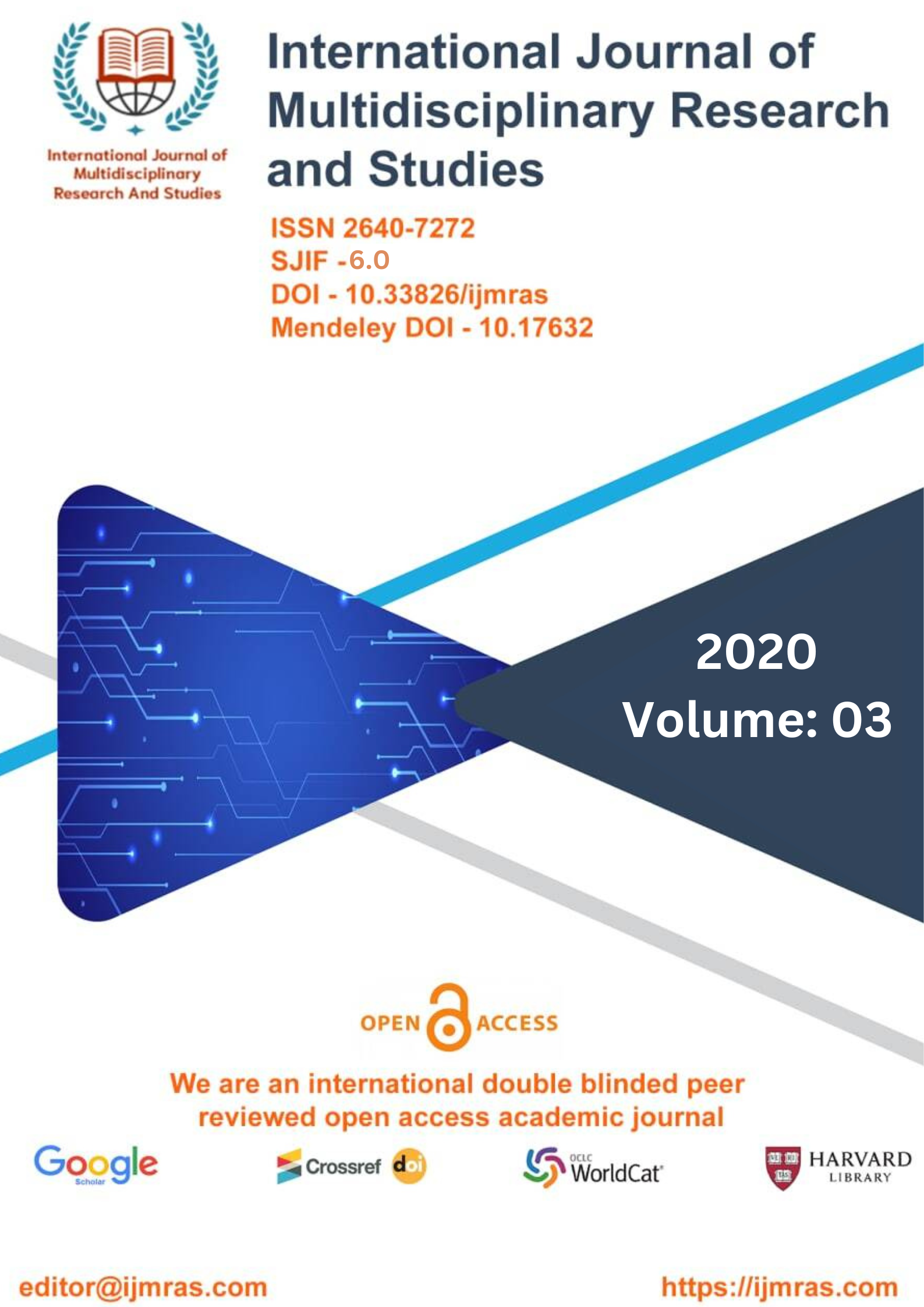Formulation and Evaluation of Polyherbal Capsules for Antidiabetic Activity

Abstract
Azadirachta indica (Neem), Tinospora cordifolia (Guduchi), Andrographis paniculata (Kalmegh), Moringa oleifera (Surjana), Momordica charantia (Karela) are well-known plants available throughout India and they are commonly used for the treatment of various diseases including diabetes mellitus. The antidiabetic activity of the individual plant parts is well known, but the synergistic or combined effects are unclear. The concept of polyherbalism has been highlighted in Sharangdhar Samhita, an Ayurvedic literature dating back to 1300 AD. Polyherbal formulations enhance the therapeutic action and reduce the concentrations of single herbs, thereby reducing adverse events. The aim of the present study was to evaluate physicochemical, phytochemical analysis of individual herbs, to formulate and evaluate capsule polyherbal formulation of aqueous extract and evaluate its antidiabetic potential. The physicochemical evaluations carried out in terms of foreign organic matter, moisture content, ash value, swelling index, extractive value. Qualitative analysis of various phytochemical constituents was determined by the well-known test protocol available in the literature. The polyherbal formulation contains the aqueous extracts of Neem, Guduchi, Kalmegh, Surjana and Karela. The quality of the finished product was evaluated as per the World Health Organization's guidelines for the quality control of herbal materials. The quality testing parameters of the polyherbal formulation were within the limits. α- Amylase inhibition activity of polyherbal formulation was studied. The results of the work indicate that the selected plants possessed considerable invitro anti diabetic activity and further these effects need to be confirmed using in vivo models for its effective utilization as therapeutic agents.
Keywords
Polyherbal formulation, Physicochemical, Phytochemical analysis, Antidiabetic activityHow to Cite
References
Huai H. Ethnomedicinal analysis of toxic plants from five ethnic groups in China. Ethnobot Res Appl. 2010; 8:169–79.
Husain SZ, Malik RN, Javaid M, Bibi S. Ethonobotanical properties and uses of Medicinal plants of Morgah Biodiversity Park, Rawalpindi. Pak J Bot. 2008; 40:1897–911.
Adeghate E, Schattner P, Dunn E. An update on the etiology and epidemiology of diabetes mellitus. Ann N Y Acad Sci. 2006; 1084:1–29.
Petchi RR, Parasuraman S, Vijaya C. Antidiabetic and antihyperlipidemic effects of an ethanolic extract of the whole plant of Tridax procumbens (Linn.) in streptozotocin-induced diabetic rats. J Basic Clin Pharm. 2013; 4:88–92.
Parasuraman S, Kumar E, Kumar A, Emerson S. Free radical scavenging property and diuretic effect of triglize, a polyherbal formulation in experimental models. J Pharmacol Pharmacother. 2010; 1:38–41.
Mandavi, D’Cruz S, Sachdev A, Tiwari P. Adverse drug reactions and their risk factors among Indian ambulatory elderly patients. Indian J Med Res. 2012; 136:404–10.
Harborne, J.B. (1984). Phytochemical methods, Chapman and Hall, London. Ist Edition.
Kokate C.K. (1997). Practical Pharmacognosy, Vallabh Prakashan, Delhi., 4th Edition, 107 - 111.
Divakar M C. (2002). Plant drug evaluation-a laboratory guide, published by, CD remedies, 2nd ed., 84-92.
Yadav, N., Jain, S., & Shukla, K. In-vitro and in-vivo anti-inflammatory activity of Plumeria indica Linn flowers. Journal of Drug Delivery and Therapeutics, 2020; 10(5), 168-174.
Amit Nayak, Madhu Garg, Saurabh Jain, Mohammed Azaz Khan, Deepak Kumar Jain, Nushrat Khan. Anti-Urolithiatic and Invitro-Invivo Anti-Oxidant Effects of Methanolic Extract of Thunbergia laurifolia on Ethylene Glycol-Induced Kidney Calculi in Rats. Sch Acad J Pharm 2019; 8 (3): 94–104.
Shinde S.A., Jain S., Chavhan S.A, Shukla K. “Phytochemical Screening and Evaluation of In-vitro Antioxidant Activity of Polyherbal Formulation” Journal of Interdisciplinary Cycle Research Volume XII, Issue VIII, August/2020, pp378-384.
Deepak Kumar Jain, Amit Nayak, Preeti Patel, Saurabh Jain, Mohammad Azaz Khan. Appraisal of in vitro Antioxidant and in vivo Anti-Inflammatory Activities of Various Extracts from the Fruits of Vitis vinifera L. Sch Acad J Pharm 2019; 8 (3): 86–93
Yogendra Kumar; Raju Chouke; Sourabh Jain; Dr. Karunakar Shukla “Design, development and evaluation of Orodispersible tablet of serotonin 5HT3 receptor antagonists’ drug” Int. Journal of Pharmaceutical Sciences and Medicine (IJPSM), Vol.4 Issue. 10, October- 2019, pg. 15-50
Sharad Prakash Pandey, Mohammed Azaz Khan, Vinod Dhote, Kanika Dhote, Deepak Kumar Jain. Formulation Development of Sustained Release Matrix Tablet Containing Metformin Hydrochloride and Study of Various Factors Affecting Dissolution Rate. Sch Acad J Pharm 2019; 8 (3): 57–73.
Anonymous, The Ayurvedic Pharmacopoeia of India. In, Govt. of India, Ministry of Health and Family Welfare, Dept. of ISM & H., 2007.
Sarita Karole, Sarika Shrivastava, Shefali Thomas, Bhawana Soni, Shifa Khan, Julekha Dubey, Shashi P. Dubey, Nushrat Khan, Deepak Kumar Jain. Polyherbal formulation concept for synergic action: a review. Journal of Drug Delivery & Therapeutics. 2019; 9(1-s):453-466.
Margret Chandira, B. Jayakar. Formulation and evaluation of herbal tablets containing ipomoea digitata linn. Extract. International Journal of Pharmaceutical Sciences Review and Research. 2010, 3 (1), 101-110.
License
Copyright (c) 2020 AKANKSHA SHARMA, Dr. SOURABH JAIN, DR. KARUNAKAR SHUKLA

This work is licensed under a Creative Commons Attribution 4.0 International License.
Individual articles are published Open Access under the Creative Commons Licence: CC-BY 4.0.



